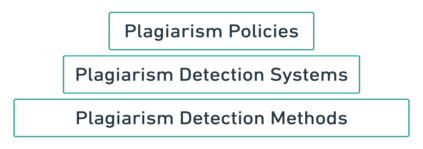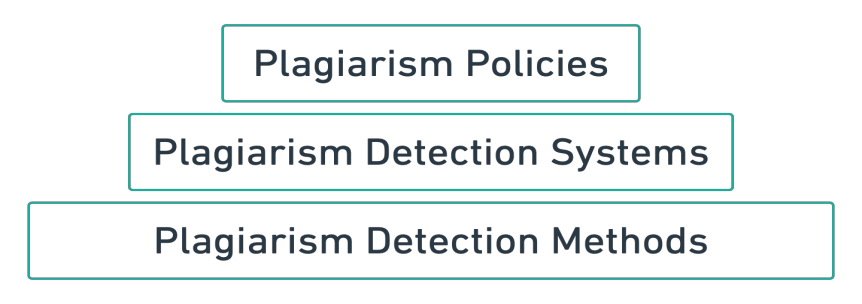In academia, plagiarism is certainly not an emerging concern, but it became of a greater magnitude with the popularisation of the Internet and the ease of access to a worldwide source of content, rendering human-only intervention insufficient. Despite that, plagiarism is far from being an unaddressed problem, as computer-assisted plagiarism detection is currently an active area of research that falls within the field of Information Retrieval (IR) and Natural Language Processing (NLP). Many software solutions emerged to help fulfil this task, and this paper presents an overview of plagiarism detection systems for use in Arabic, French, and English academic and educational settings. The comparison was held between eight systems and was performed with respect to their features, usability, technical aspects, as well as their performance in detecting three levels of obfuscation from different sources: verbatim, paraphrase, and cross-language plagiarism. An indepth examination of technical forms of plagiarism was also performed in the context of this study. In addition, a survey of plagiarism typologies and classifications proposed by different authors is provided.
翻译:在学术界,损耗当然不是一个新出现的关注领域,但随着互联网的普及和容易获取全世界内容来源而变得更加严重,使得仅靠人的干预不够充分。尽管如此,损耗远非一个未解决的问题,因为计算机辅助的损耗检测目前是信息检索和自然语言处理领域的一个积极研究领域。许多软件解决方案的出现有助于完成这项任务,本文概述了用于阿拉伯文、法文和英文学术和教育环境中的百草枯检测系统,对八个系统进行了比较,并比较了它们的特点、可用性、技术方面,以及它们在从不同来源发现三种程度的迷惑方面的表现:逐字记录、副词和跨语言的百草枯萎。在这项研究中,还深入研究了百草枯症的技术形式。此外,还提供了不同作者提议的对百草枯类型和分类的调查。






